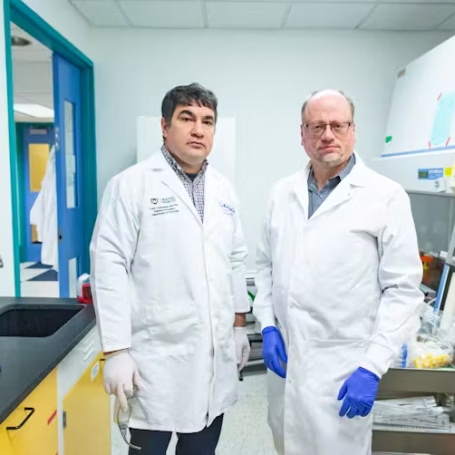AI-Generated Texts’ Implications for Academic Writing
The opening of this blog post was generated by GPT-3 itself, after being instructed to ‘[w]rite the first paragraph of a blog post about students using GPT-3 to generate academic essays.’ Indeed, GPT-3 is being used by students to produce convincing academic essays and, while the quality often leaves much to be desired, the technology is rapidly improving.

Discussions about how to respond to the proliferation of these systems in higher education are ongoing. Some argue that text generation systems ‘democratize cheating’ as students are able to generate essays about virtually any subject in a matter of moments, while others (often the producers of text generation software) contend that these systems may actually contribute to democratization of education for students of varying abilities. What happens, however, if we momentarily set aside the question of cheating and reflect on the broader implications of these systems for educational practice? As new technologies often require people to reorganize their practices and approaches, software that can write student essays or scientific papers can encourage us to reflect on what is, or should be, distinctive in academic writing.
Machine creativity and the Lovelace Effect
In our research, we wanted to find out why people perceive computers to be creative, not by asking how algorithms can achieve creativity and originality, but by focusing on how creativity is attributed by users. We proposed calling situations in which humans perceive the behavior or output of a machine as creative, as the “Lovelace Effect,” nodding to computing pioneer Ada Lovelace. Specifically, we wanted to know what elements facilitate attributions of creativity. Using the example of software programmed to generate art, we showed how the emergence of the Lovelace Effect depended on a mixture of cultural ideas of creativity, actual software or hardware functionality, and the circumstances of presentation. For instance, if a computer-generated image is placed in an antique frame and exhibited in an art gallery, viewers may be more compelled to think of it as art, and its generating system as creative.

The Lovelace Effect recognizes that any attribution of computational creativity is informed by historical and geographic factors. That is, different social circumstances lead to different social responses to ‘creative’ machines. Transposed into the debate about computer-generated essays, this means that while essay-writing systems change and improve over time, so too will our definitions of what constitutes a good and original academic essay. The ongoing development of these systems means that we should be regularly reviewing our expectations for academic writing, and striving to prevent educators falling into the Lovelace Effect.
Automatizing academic writing
Although recent conversations about essay generation have been many people’s introduction to AI authorship, these systems have long been applied in journalism. Among the first genres of journalistic writing that were widely automatized were reports of sport results and market values. This is because it is relatively easy for machines to write fact-based texts that laconically report on football matches or changes in stock prices. If you ask a human journalist to write texts like these, they might produce very similar articles to the ones generated by software. If you ask the same journalist to write an editorial, though, the difference will be much more obvious.
Just as these tools call for reflections on journalism, tools like GPT-3 require a rethink of the kinds of skills that students should demonstrate in their assignments. Academic writing that follows more rigid structures, for example, may be more likely to be reproduced by a machine; these systems continue to struggle with maintaining consistent ‘trains of thought’ across longer terms, potentially making them less useful in more free-form disciplines like English literature or history.
Regardless of the kind of text being generated, though, any application of the Lovelace Effect necessitates acknowledgment that qualities such as creativity and originality are projected by the receiver of a work. For example, a dramatic jump between two topics could reflect a generating system’s inability to maintain a global narrative, or it could be interpreted as a deliberate rhetorical choice that encourages the reader to reflect through juxtaposition. Creativity may be a process, but it is a process recognized by a creator who is recognizing their own work as creative. Even if a creator does not recognize a process as creative, another receiver of the output in question may deem the work creative. Reflections on how precisely academic writing is creative and original can help us better understand how our academic writing can be moved away from undesired automatization. It can also help us better identify where automatization may be useful, and where it may not.
The automatization of academic writing should prompt us to reframe what we aim for in our writing and in the writing we train our students to do. As an additional benefit, such reflection will provide us with keener eyes to distinguish what has been written by a machine from what has been written by a human. Considering that automated writing will impact professional fields such as journalism, marketing, and academia, learning to write in a distinctive fashion may ultimately help students and educators better navigate the future that lies ahead.


























































































